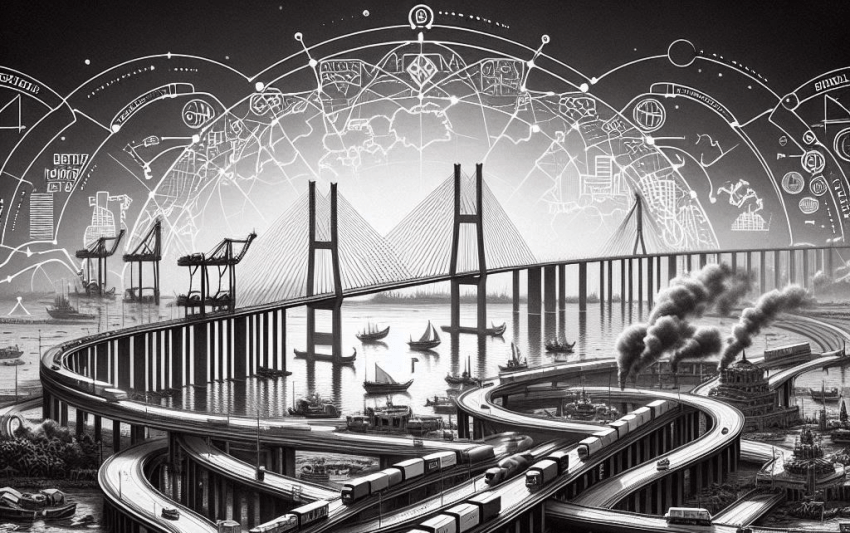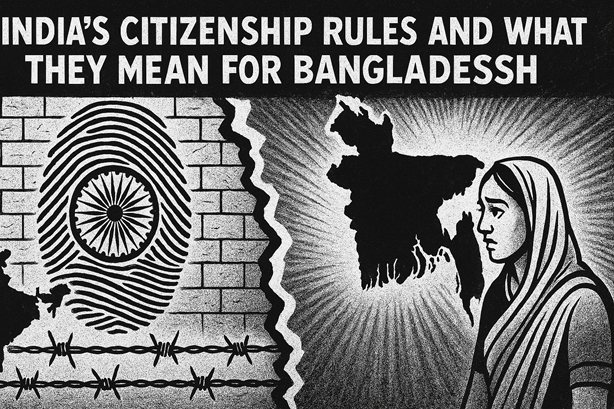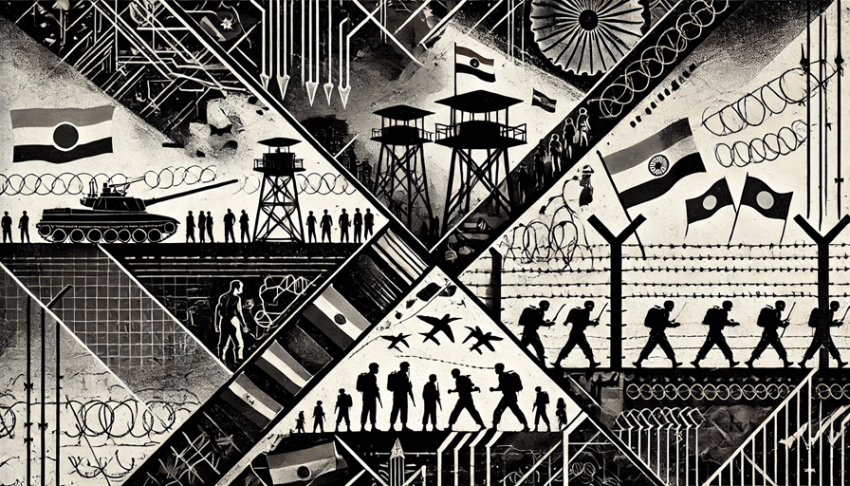A big reason for this race is money—the space industry is expected to be worth $1.8 trillion by 2035. Private companies are also shaping the field. SpaceX, for example, offers satellite services like Starlink to governments, which can be used for both civilian and military purposes, adding more complexity.
Read moreA Detailed Analysis of Post-US Hegemony Structures
Military strength still plays a major role in global influence. In 2025, the US is spending about $850 billion on defense, while China is spending around $249 billion. The US has 292 navy warships, including 11 aircraft carriers. China, on the other hand, has a larger fleet with over 370 ships, but only 3 aircraft carriers. Chinese news outlets, like the Global Times, say the country is upgrading its military to handle modern security threats. Their defense budget is going up by 7.2% this year, continuing a trend of steady but modest yearly increases.
Read moreThe Strategic Importance of BBIN, BIMSTEC, and Indo-Bangla Transport Corridors
BBIN, BIMSTEC, and Indo-Bangla transport corridors are key to improving regional connectivity, offering opportunities for economic growth through increased trade and greater strategic stability by boosting India’s role in the region. Despite challenges like funding issues and political instability, these projects have great potential to unite economies and reduce external influence.
Read moreIndia’s Citizenship Rules and What They Mean for Bangladesh
India says it has every right to manage who gets to be a citizen. But these laws have ripple effects. If Bangladesh feels under pressure, it may start looking for support elsewhere—like China. In fact, China is already investing heavily in Bangladesh through its Belt and Road Initiative. With India’s neighbourhood policy built around being the main regional partner, losing Bangladesh’s trust could be a big blow.
Read moreTeesta River Dispute and the Region’s Future
But for decades, India and Bangladesh haven’t been able to agree on how to share the Teesta’s water—especially during the dry season when water levels drop. Now, in 2025, this long-standing problem has become even more complicated, with China entering the scene, internal political changes in Bangladesh, and a growing climate crisis.
Read moreBorder Issues and Security Concerns Between India and Bangladesh
The India-Bangladesh border reflects many of today’s big challenges—growing economic opportunities held back by unfair trade, trust strained by violence, global ambitions limited by competition, and ideals often at odds with the messy reality on the ground.
Read more6 Strategies China Might Use to Counter Trump’s Tariff War
China is dealing with Trump’s tariff war by standing its ground, adjusting where needed, and rethinking its global strategy. It’s hitting back with its own tariffs to respond right away, but it’s also working to depend less on the U.S. by finding new trade partners, moving parts of its supply chains, and using soft power to shape its global image.
Read more10 Reasons Why the General Election Must Take Precedence Over Reforms in Bangladesh
Dr. Yunus’s interim government has brought hope with its vision for reform, but without a general election, its progress is stalling. The ten reasons—legitimacy, stability, economics, diplomacy, accountability, unity, continuity, justice, media, and civil society—show that elections are essential, not just a delay. For Bangladesh, they are key to building a strong democracy; for South Asia, they ensure stability; and for the world, they represent a chance for democratic renewal in a time of global decline. In 2025, Bangladesh faces a crucial decision. The future depends on the ballot box, with implications that reach far beyond its borders.
Read moreTop 5 Strategic Shifts in 2025
In 2025, the mix of fast-moving technology, growing nationalism, urgent climate action, shifting populations, and a more balanced world power structure is rewriting the global playbook. Countries and companies need to be ready: go digital, rethink where you get your supplies, go green, prepare your workforce, and always have a backup plan. The winners will be those who turn challenges into opportunities and stay ahead of the curve. The future isn’t set—it belongs to those bold enough to shape it.
Read moreWhat Will BRICS Look Like by 2030?
Despite its economic and technological progress, BRICS faces several internal and external challenges. China and India, for instance, have long-standing trade and territorial disputes, which were notably exacerbated by the 2020 Ladakh clash. These tensions could pose risks to BRICS’ internal cohesion, particularly as India remains highly reliant on Chinese imports, including electronics.
Read more









